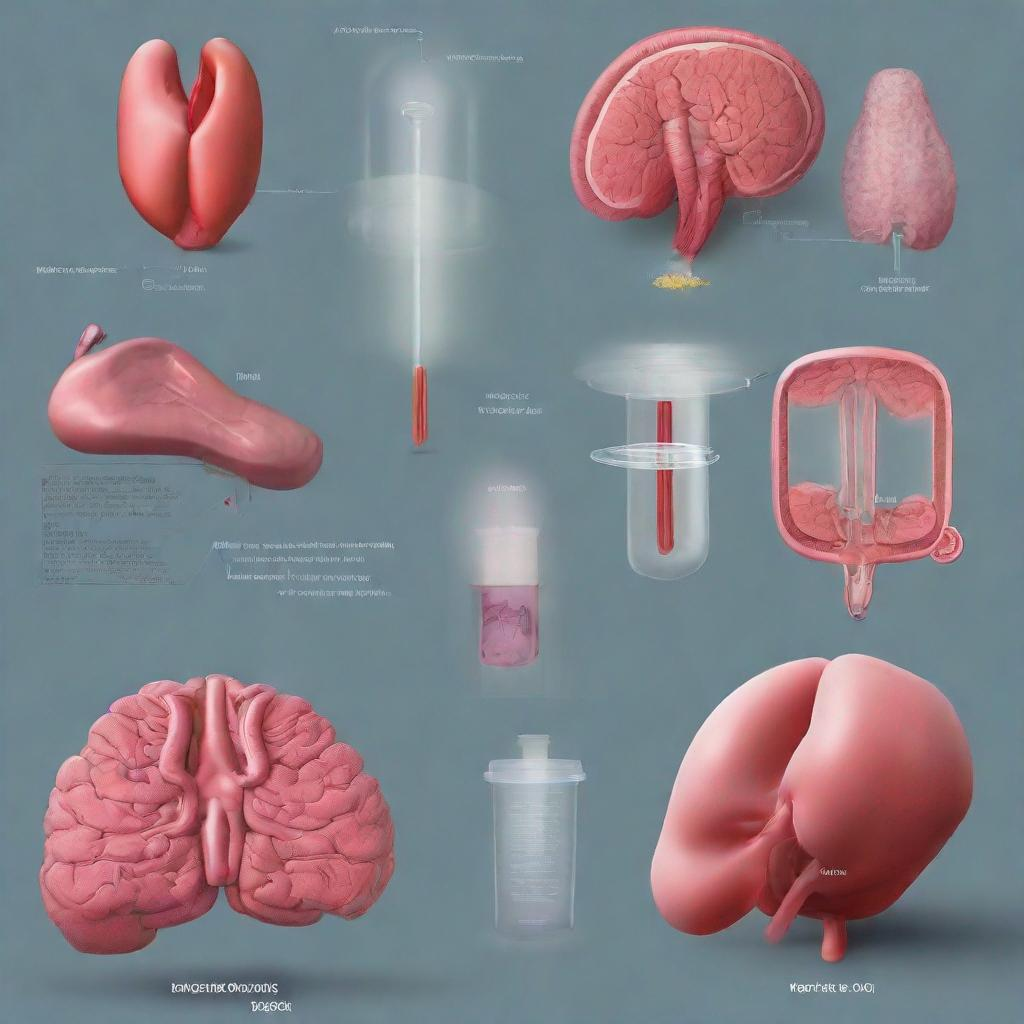## HAZLNUT F17 IGE W/RF; Test: Detecting Hazelnut Allergies for Optimal Health
**Introduction**
Allergies are a common health concern worldwide. Accurately identifying allergies is essential for managing and preventing severe reactions. The HAZLNUT F17 IGE W/RF; test helps diagnose hazelnut allergies, empowering individuals with knowledge of their health and informed decision-making.
**Test Overview**
The HAZLNUT F17 IGE W/RF; test detects the presence of IgE antibodies specific to hazelnut in the blood. IgE antibodies are produced by the immune system in response to an allergen. High IgE antibody levels indicate an allergic reaction to hazelnut.
**Conditions and Diseases Detected**
**Name Synonyms:** Hazelnut allergy IgE
**Conditions and Disease:** Allergy
**Symptoms:**
* Rash
* Hives
* Swelling
* Difficulty breathing
* Anaphylaxis (severe, life-threatening allergic reaction)
The HAZLNUT F17 IGE W/RF; test detects hazelnut allergies, which can trigger various symptoms.
**Preparation Guidelines**
Before the HAZLNUT F17 IGE W/RF; test, follow these guidelines:
* **Fasting:** Refrain from food or drink (except water) for 8-12 hours.
* **Medications:** Inform the doctor of any medications taken, as some may affect test results.
**Procedure**
The HAZLNUT F17 IGE W/RF; test is a simple procedure where a blood sample is drawn from a vein in the arm for laboratory analysis.
**Duration and Waiting Time**
The procedure takes a few minutes, but results may take several days to be processed.
**Additional Tests**
In addition to the HAZLNUT F17 IGE W/RF; test, the doctor may recommend other tests for a comprehensive health assessment and allergy severity evaluation.
* Skin prick test
* Patch test
* Food challenge
**Conclusion**
The HAZLNUT F17 IGE W/RF; test is crucial for accurately diagnosing hazelnut allergies. By detecting and managing allergies effectively, proactive steps can be taken to safeguard health and well-being. If suspected of a hazelnut allergy, consult a healthcare provider to determine the suitability of this test. Early detection and intervention can prevent severe reactions and enhance quality of life.




